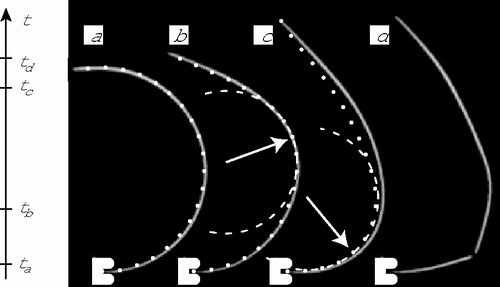The Physics of Spagehtti
These flexural waves are what radiate down the spaghetti rod and cause the fragmentation of the pasta; this was further researched by Jure Beričič in his paper on dynamic fragmentation.
The author goes on to explain the flexural waves in an experiment, “ It has to be noted that this problem is not a case of dynamic fragmentation, but a quasi-statically fragmentation.
Here a body is broken when it experiences very small velocity”(Beričič). The author goes on to mention that spaghetti does not follow the dynamic fragmentation described in his paper.
The very small velocities are shown to be flexural waves traveling down the spaghetti so the behavior of the brittle rod then begins to become unstable and fragments.
 “Then it has been released, with the flexural wave traveling from the top to the bottom (clearly visible in the picture), followed by the breaking event.”
“Then it has been released, with the flexural wave traveling from the top to the bottom (clearly visible in the picture), followed by the breaking event.”
Picutre supplied from Dynamic Fragmentation (Beričič)
The mystery was finally answered by MIT students. Live science had this to say on the matter, “With the help of some mathematical models and a spaghetti-bending robot, researchers at MIT have found that, yes, it is possible to break a piece of uncooked spaghetti into just two pieces, but there's a twist … literally.” The robot twisted the spaghetti to nearly 360 degrees in order to change the type of energy released in the rod. As the brittle rods are able to withstand the force in a twisting motion rather than a wave of energy down the rod. With this technique, they were able to cleanly break the spaghetti in two.
 “Then it has been released, with the flexural wave traveling from the top to the bottom (clearly visible in the picture), followed by the breaking event.”
“Then it has been released, with the flexural wave traveling from the top to the bottom (clearly visible in the picture), followed by the breaking event.”